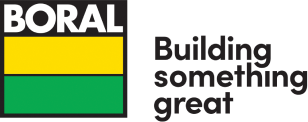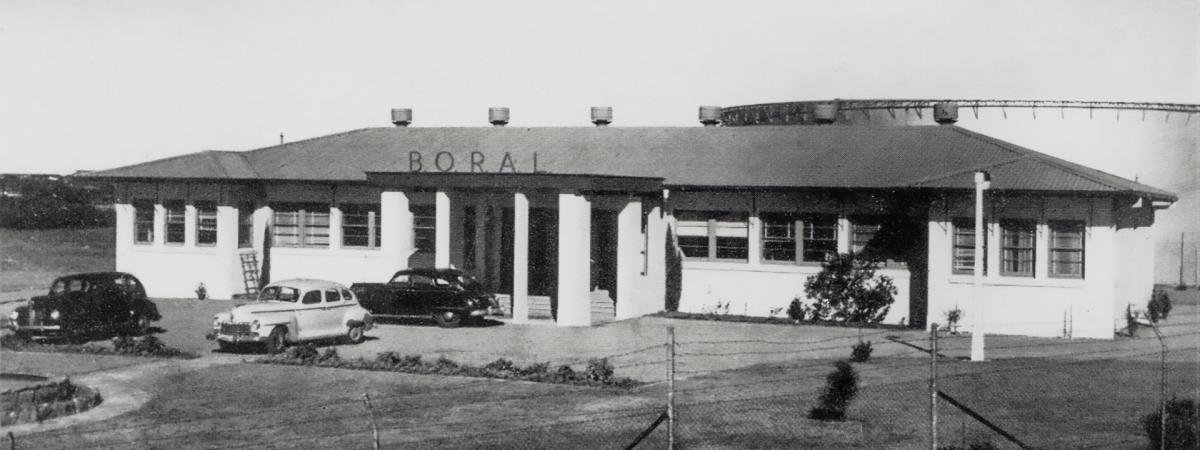From the ground up - Boral's First 50 Years
Foreword
One of the most significant changes during this century in almost every society has been the development and growth of major corporations as key institutions. With advances in technology, capital markets, communications and transportation as well as globalisation and increased competition, the large corporation has moved to the front line of economic activity and job creation.
Consequently, recording how these major corporations were formed, how they have developed, what their achievements have been and what obstacles they have had to overcome is important in understanding and studying the phenomena of the large corporation. In addition, because these corporate histories have involved so many people, documenting the history has an added meaning for the people who contributed and lived through the corporation's development.
From the Ground Up - Boral's First 50 Years should be seen from both these perspectives. Moreover, by chronicling the development of Boral in the context of postwar Australia, it provides a number of interesting perspectives on how business has changed during this time. Three distinct periods can be observed - the post war growth, the acquisition era through to the end of the 1980s and the current era of increasing competitiveness, lower growth and low inflation. The value of the work is not simply to provide a description of Boral but also to create the opportunity to contrast Boral's situation with that of other Australian corporations. A number of similarities and differences stand out.
In terms of similarities, one of the strongest is the importing of technologies developed elsewhere, and the subsequent adaptation to Australian conditions. In this respect Boral's experience appears similar to that of companies such as Mount Isa Mines and Metal Manufactures which established a copper industry, often with scarce resources and heavily reliant on the ingenuity of engineers and commercial people to overcome shortages of capital and small scale.
Another similarity is the reliance on a number of dedicated people whose persistence over long periods of time created the platform that is Boral today. Two CEOs, Sir Elton Griffin and Sir Eric Neal, led the company for its first forty years. This pattern of leadership was far more common in the early post-war period than is the case today when CEO tenures are typically far shorter, a reflection of far more turbulent times and the need for constant repositioning.
There are also some interesting differences. For example, Boral appears far less dependent on discoveries and inventions than, say, a company such as CRA whose early success flowed from cracking the puzzle of finding separation technologies that would make Broken Hill a viable ore body. Another difference between Boral and many other Australian firms of this period is that Boral took the path of becoming a diversified industrial company, making a number of highly successful acquisitions, while others in the financial and mining sectors, and many industrial firms tended to constrain their activities more tightly to a type of industry or activity.
Finally, the history ends in a way that seems to now be common to many companies, not only in Australia but worldwide. Despite the magnificent company that has been built, continued success is never certain for any organisation. It will be interesting to see how Boral transforms itself and defines its destiny for the next fifty years
Frederick G. Hilmer
Sydney


